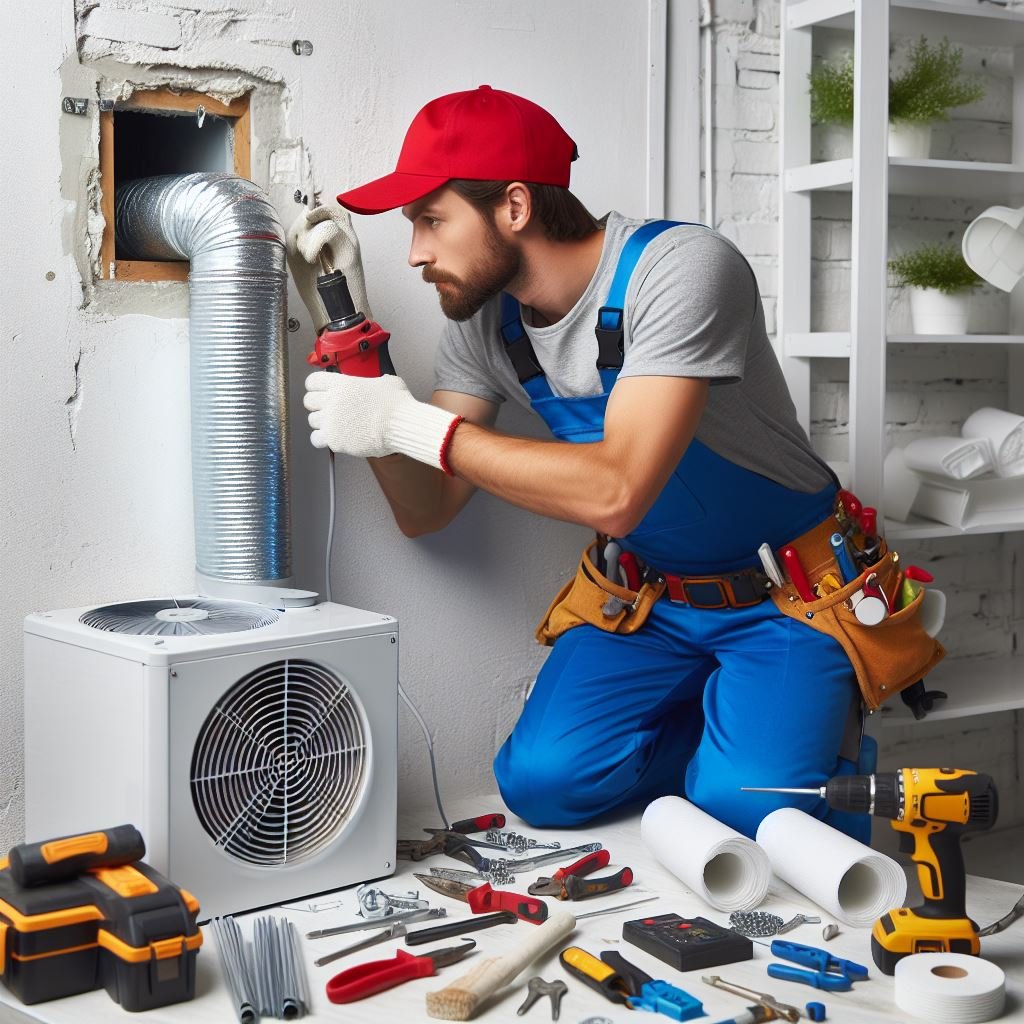Regarding ensuring a cozy home, your HVAC system holds a crucial role. HVAC, an acronym for heating, ventilation, and air conditioning, is essential for regulating indoor air quality and temperature all year. Nonetheless, like any other system in your home, HVAC units have a limited lifespan and may require replacement. Knowing when to replace your HVAC system can prevent you time, money, and unnecessary discomfort.
Several crucial indicators can guide you in your decision. From increasing energy bills and unusual noises to inconsistent temperatures and age-related concerns, identifying the signs that your HVAC system may be failing is essential. By keeping up-to-date about these indicators, you can ensure that your home remains a cozy sanctuary no matter the season, while also selecting the right options when the time comes to invest in a new system.
Comprehending Heating, Ventilation, and Air Conditioning Systems
HVAC stands for heating, air circulation, and air conditioning, which are vital elements for maintaining a comfortable indoor environment. Such systems regulate temperature, humidity, and air quality, playing a significant role in home and commercial environments. Knowledge of HVAC systems can assist homeowners and business owners make informed decisions about their requirements and ensure optimal comfort year-round.
Heat components typically include furnaces, heat pumps, or boilers, depending on the home’s design and local weather. Cooling systems usually consist of air conditioners or evaporative coolers that work to reduce indoor heat levels during hotter months. Ventilation is the method of exchanging indoor air with outdoor air, which facilitates fresh air flow and helps filter out indoor contaminants. Collectively, these factors create an interconnected system that enhances overall comfort and energy efficiency.
Routine maintenance and prompt upgrades to HVAC systems are essential to their functionality and lifespan. By maintaining these systems in good working condition, you can prevent common problems and ensure a safe indoor space. Knowing how every component works in unison is the first step toward making the most suitable choices for your residence or commercial heating and cooling needs.
Common HVAC Problems and Solutions
Numerous homeowners face problems with their HVAC systems at some point. One typical problem is inadequate heating or cooling. This can often be traced back to unkept air filters, which limit airflow. Consistently changing or maintaining the air filters can significantly improve the efficiency of your system. If this doesn’t resolve the issue, checking the vents for blockages or inspecting the ductwork for leaks may be required.
Another frequent issue is unusual noises coming from the HVAC unit. Clattering, humming, or squealing sounds can signal that a problem is wrong. Worn components, such as screws or mounts, might be responsible for these noises. Securing those parts or scheduling a professional inspection can help avoid further damage. In some cases, the problem could be related to damaged motors or belts, which would need to be replaced.
Temperature controller problems can also lead to dissatisfaction with HVAC performance. If the system runs when it shouldn’t or doesn’t to start, the thermostat may need adjustment or substitution. Additionally, smart thermostats can offer better control and scheduling options, enhancing comfort and energy efficiency. Making sure that the thermostat is placed in an area with accurate temperature readings is also vital for performance.
When is it time to Upgrade Your HVAC Unit
Figuring out when to upgrade the HVAC unit can be challenging, yet there are specific indicators that signal the need for a replacement. A major indicator is the tan of your system. The majority of HVAC units have a lifespan of about 15 to 20 years. When your unit is near or surpassing this age, it may be less efficient and likely to experience breakdowns, resulting in increased repair costs and energy bills. Purchasing a new unit can provide better efficiency, reliability, and comfort.
Frequent repairs are another important indicator that an upgrade is necessary. Should AC repair requesting repairs many times a year, particularly for major issues, it may be more economical to replace the system. Moreover, if repair costs are adding up to over 20 percent of the cost of a new system, it is advisable to consider an upgrade. Newer systems are usually equipped with advanced technology that can significantly reduce the need for repairs and improve overall performance.
Energy efficiency is crucial in today’s financial and ecological landscape. If your energy bills continue to rise despite regular maintenance, it may indicate that the HVAC system is no longer operating at peak efficiency. Upgrading to an eco-friendly model can yield significant savings in the long run, not only in utility costs but also in reduced environmental impact. Also, contemporary HVAC units may qualify for energy-saving incentives or rebates, making them an even more attractive option for homeowners looking to upgrade.

